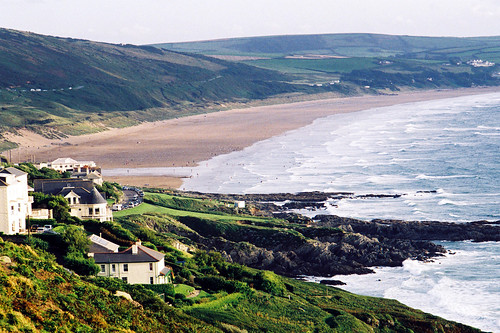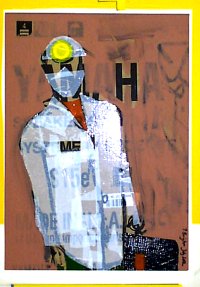Creating a real vintage looking image is better than creating a fake. This image was taken with a Pentax K1000 35mm camera in July 2012.
The Pentax K1000 is an almost all metal, mechanically (springs, gears, levers) controlled, manual-focus SLR with manual exposure control. It was completely operable without batteries. It only needed batteries (one A76 or S76, or LR44 or SR44) for the light metering information system. This consisted of a center-the-needle exposure control system using a galvanometer needle pointer moving between vertically arranged +/– over/underexposure markers at the right side of the viewfinder to indicate the readings of the built-in full-scene averaging, cadmium sulfide (CdS) light meter versus the actual camera settings. The meter did not have a true on/off switch and the lens cap needed to be kept on the lens to prevent draining the battery when the K1000 was not in use.
Pentax K1000. (2012, May 31). In Wikipedia, The Free Encyclopedia. Retrieved 21:26, June 8, 2012, from http://en.wikipedia.org/w/index.php?title=Pentax_K1000&oldid=495230110
The rise of Instagram, a free photo sharing program that was launched in October 2010 is the best example of this ‘look back’ at analogue photography from the 20th century. This service allows users to take a photo and apply a digital retro filter to it and then share it on most social networking services. The distinctive retro feature of this app is that it converts photos, which in contemporary formats are rectangle, to a square shape, like Kodak Instamatic and Polaroid images of the 70s. The most common aspect ratios used in still camera photography, are 4:3, 3:2 (more recently in consumer cameras 16:9 is being used). Other used aspect ratios include 5:3, 5:4, and 1:1 which produces the square format. Most mobile devices have a 4:3 aspect ratio.
The problems of fragmentation and confusion that exist within more traditional art practices, such as painting and sculpture (in the broadest possible milieu) are mirrored in new art practices. Within these technological and new media categories, diverse concepts and imagery has been lumped together to form a hodgepodge of non-related methodologies and artworks.
What is this direction?
The meshing together of processes, unrelated imagery and the breaking down of barriers cannot be seen as a shortcut to intellectual credibility. The dedicated thought process that goes with the creative procedure should be one of intense reasoning. It is therefore unrealistic to expect the uneducated masses to use the computers prescriptive decision making to create ‘real art’. The birth of Photoshop has enabled everybody to create ‘non-intellectual’ versions of Rauschenberg (and Warhol) – this is not ART.
Related articles

















 Biography
Biography